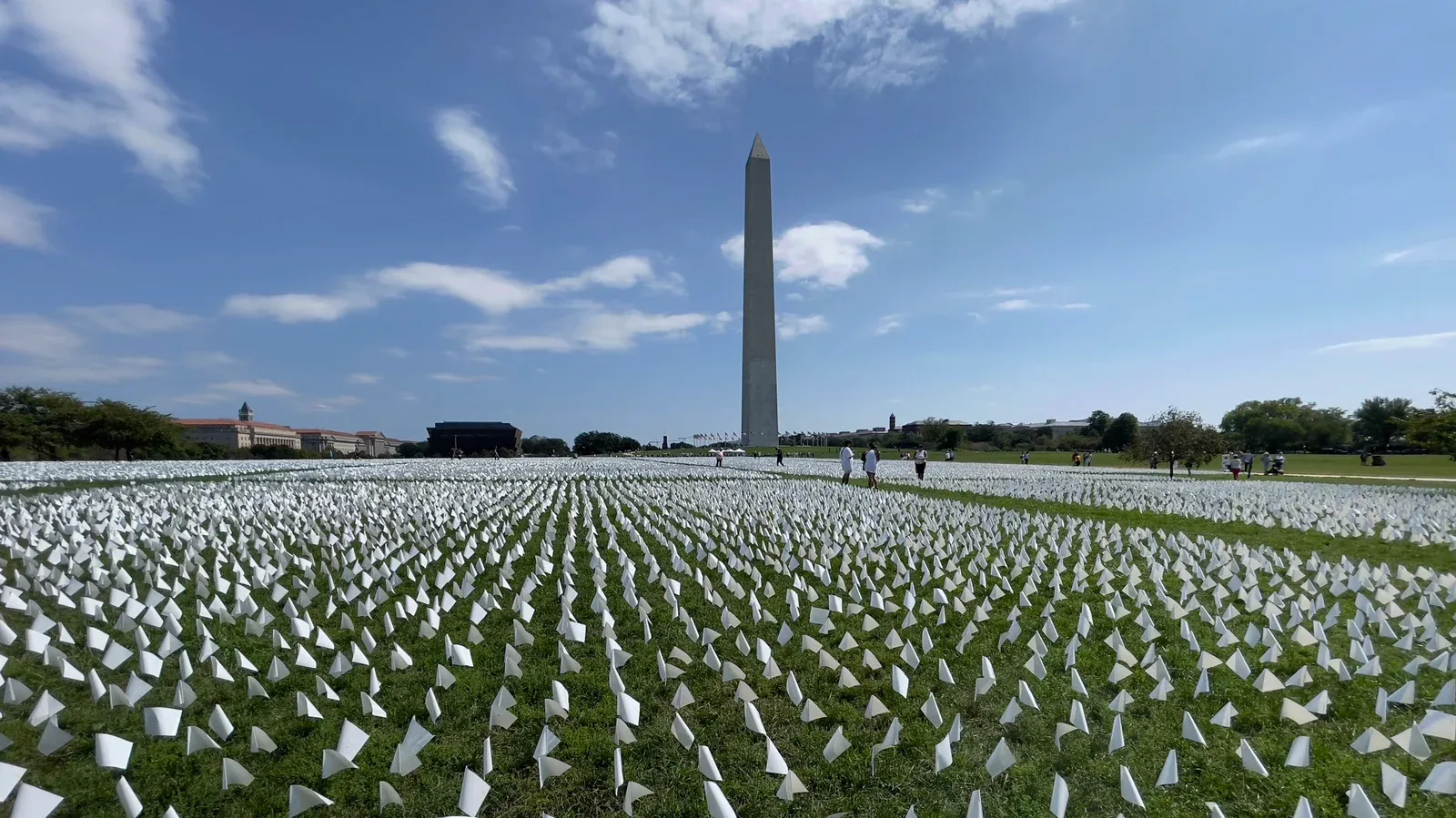1,000,000 Deaths

The dark milestone finally arrived: 1,000,000 Americans have now lost their lives to COVID. We read the headline, ponder it for a moment, and move on with our day. There are multiple other major issues grabbing the headlines these days – Ukraine, inflation, the midterm election, the apparent imminent reversal of Roe v. Wade.
Americans have a severe case of COVID-fatigue. We are ready to move on from worrying or even hearing about it.
But shame on us if we have become so desensitized to massive death tolls that we can’t at least pause and recognize the colossal tragedy of losing one million fellow citizens.
One million deaths — in only 27 months, no less — is an unfathomable number; it’s more than the death toll of every U.S. war in the 20th century; more deaths than the 1918 Spanish Flu, which was, until COVID, the biggest disease-related loss of life in U.S. history; more than the population of Detroit, or San Francisco or Boston or Washington D.C.
Twenty-seven months ago most people would have believed that 1,00,000 deaths would be an unthinkable nightmare, something straight out of a scary science fiction movie. But as the death toll skyrocketed did COVID change us so that we lost the ability to be shocked? Did we just get numb to the mind-blowing number of deaths and come to see them as faceless statistics, before turning to other headlines, including the most trivial ones? How many people spent more time reading about the Will Smith/Chris Rock slap than the continued deadly onslaught of the COVID pandemic?
If so, then what does that say about what COVID has done to our humanity — or our lack of it? What does it reveal about us if we don’t take the time to mourn 1,000,000 victims? Perhaps light a candle in their memory, or say a prayer or shed a tear. Something.
Many of us knew someone who’s now a COVID statistic. I knew several. My good buddy lost his brother Rick, a kind man with a broad smile and a large personality. I knew Rick my entire life. Now, when I recall that smile, I also imagine the tragic end to his life — alone in his house, too sick to call his family or an ambulance. His friends eventually broke the door down and found him. That image doesn’t leave me. It’s my reminder that real people — not statistics — are victims of this pernicious virus, as are their families. And I believe we need to be reminded of that, however awful a final image may be.
My friend Glenn lost his life to COVID after falling into a coma that lasted 6 weeks. Glenn was a comedian who always cracked me up. Years ago, he gave me the name Lumpy. It made no sense, but he loved to use it and we always laughed about it. His wife would call me and give me updates over those agonizing weeks. She was 19 when they got married. She always held out hope, even against all odds. The news of his death came to me from their daughter, who was able to chuckle a bit and tell me how much Lumpy meant to her dad.
I miss my friends. Each one, like every COVID victim, had a story, and each loss left a deep void in the lives of family and friends.
The victims of COVID reach far beyond those who get sick and die. Family members who must now live with a new normal are victims. First responders who can’t escape the haunting images of death and dying are victims.
And there are millions of other victims around the world who are starving as a result of the pandemic. According to the U.S. Global Leadership Coalition, the pandemic has “increased global food insecurity in almost every country by reducing incomes and disrupting food supply chains.” By the end of 2022, the World Food Program estimates, approximately 323,000,000 people — double pre-pandemic levels — will face “severe food insecure” lives. As of this moment, according to the UN, over 43,000,000 people in 38 countries are at risk of falling into famine-like conditions, particularly in Africa.
Dr. Ashish Jha, the newly-appointed White House Coronavirus Response Coordinator, recently gave a sobering assessment:
If we don’t get ahead of this thing, we’ll have a lot of waning immunity, this virus continues to evolve and we may see a pretty sizable wave of infections, hospitalizations and deaths this fall and winter … we could get lucky, but counting on luck isn’t a strategy.”
It’s possible, he noted, that an additional 100 million COVID infections could occur this fall and winter. In other words, we’re not out of the woods. We may actually be in the middle of it, or worse.
The nightmare of this pandemic continues. We can’t wish it away or decide we’re done with it — because it’s not done with us. If we try to shove it away and allow ourselves to be cavalier about the somber milestone of 1,000,000 American deaths, then this virus has taken more than a million people from us.
It has taken a piece of our humanity.
